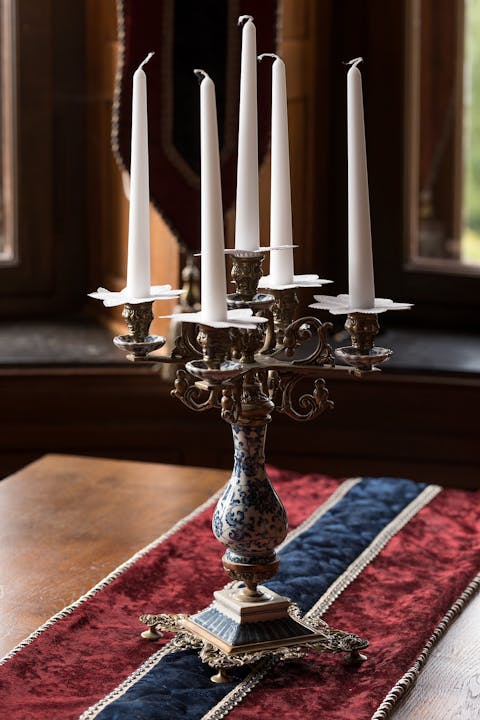How to Value Lighting
While antique chandeliers and silver candelabra have always been attractive items for homeowners to add to their collection, other less ostentatious but nonetheless artistically valuable lighting fixtures have tragically been melted down and lost, their owners unaware of their true market potential.
antique chandelier
Luckily today people are beginning to more widely appreciate a range of decorative styles and movements, such as Art Deco, Art Nouveau, Arts and Crafts, Continental, Judaica, and more. Are you wondering if the chandelier in your Victorian home is period accurate? Would you like to know how much your grandmother’s family heirloom candlesticks are worth? Are you interested in the value of the wall sconces by the front door? The following information will be able to guide you on your pursuit of finding the value for your lighting fixtures.
Factoring in material & style
Firstly it is always helpful to get a sense for the type of item you possess, as this will often tell you a lot about how collectible and thus valuable an object really is. The material of an item will often possess inherent worth as a precious metal compared to other fixtures made of more common metal. A fixture that is made from silver or gold will already likely possess a great deal of value on the market. One can inspect an object for hallmarks which will reveal more about its material as well as its place of origin.
However this rule is not set in stone; if your lighting fixture is of particularly high quality and is representative of a certain popular design style or era, it could be worth a remarkable amount regardless of its material. Of course ultimately an expert will be able to tell you the most accurate information about the origin of your piece, there are certain elements of design one can look out for in order to get a general idea of its style.

For example, Art Deco is characterized by intricately detailed geometric patterns and rich colors, and was most popular during the 1920s and 1930s. Art Nouveau flourished between 1890 and 1910, and is known for its use of bold lines and organic shapes that broke free from the imitative historicism that dominated the previous centuries. The Arts and Crafts movement valued simplicity and craftsmanship, as well as the inherent beauty of the materials themselves, and was most popular during the period between 1880 and 1820. And while these movements are among some of the most sought after on the market today, there are countless other genres and subgenres of design worth getting to know whether you are a collector yourself, or simply an enthusiast admirer or design.
"Ultimately an item is only as value as its supply versus demand ratio, and if the latter exceeds the former then you will have a very valuable item on your hands."
Age and rarity
Correspondent with the style and era of your lighting fixture piece, is its age and rarity. Ultimately an item is only as value as its supply versus demand ratio, and if the latter exceeds the former then you will have a very valuable item on your hands. While the famously detailed and elaborate pieces characteristic of the 17th and 18th centuries are undoubtedly rare and sought after due to their old age as well as widely admired design aesthetic, more modern lighting can achieve this coveted status of scarcity as well, as many pieces were so unfortunately destroyed and melted down for their metal.
Condition
While of course like-new condition is optimal when looking to buy or sell an item, realistically its level of wear should be consistent with its age. This means that with an antique piece one ought to expect minor signs of use or damage such as scratch marks in the dip-tray of candlesticks, or easily reparable tarnishing, however significant repair work, badly executed oil lamp conversions, or other avoidable damage such as cracks, dents, missing pieces, and so on, are detrimental compromises in quality that will likely have a negative effect on an item’s value.
Appraisal
Lastly, but certainly not least, undoubtedly the most essential step to take in finding the value for your lighting fixture is to seek consultation with a professional appraiser. As the history of interior and decorative design is so longstanding and broad, it would take one countless years of study to truly understand the scope of the market for antique and vintage collectible lighting fixtures. Luckily you don’t have to, as there are plenty of experts in the field who will be able to use the expertise and knowledge gained by years of training and study to assure that you can attain the most accurate value estimate as possible; in fact there are such professionals available to provide such services here at Value My Stuff so that you can take the ultimate step towards knowing the true worth of your lighting fixtures as soon as today!

